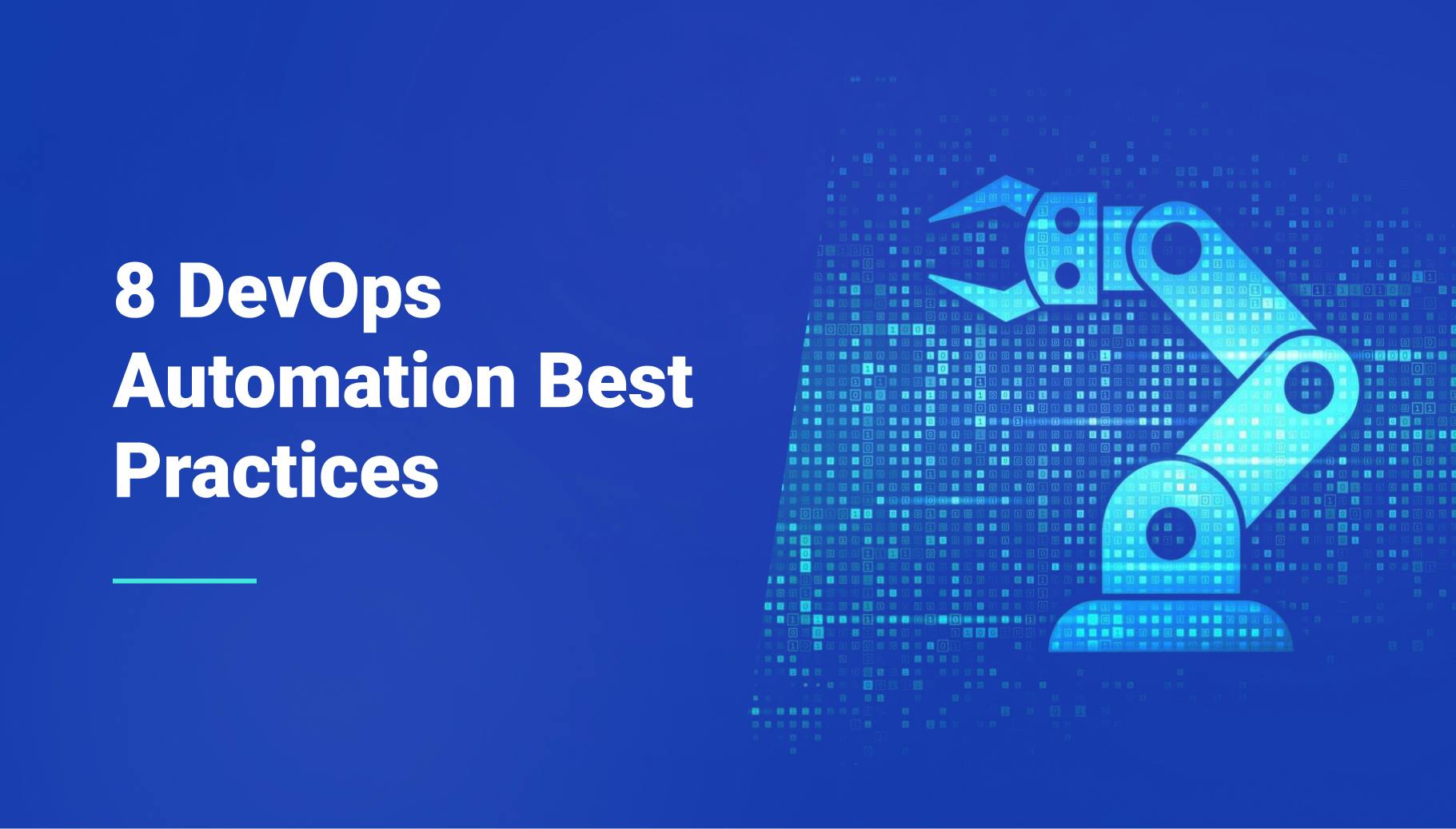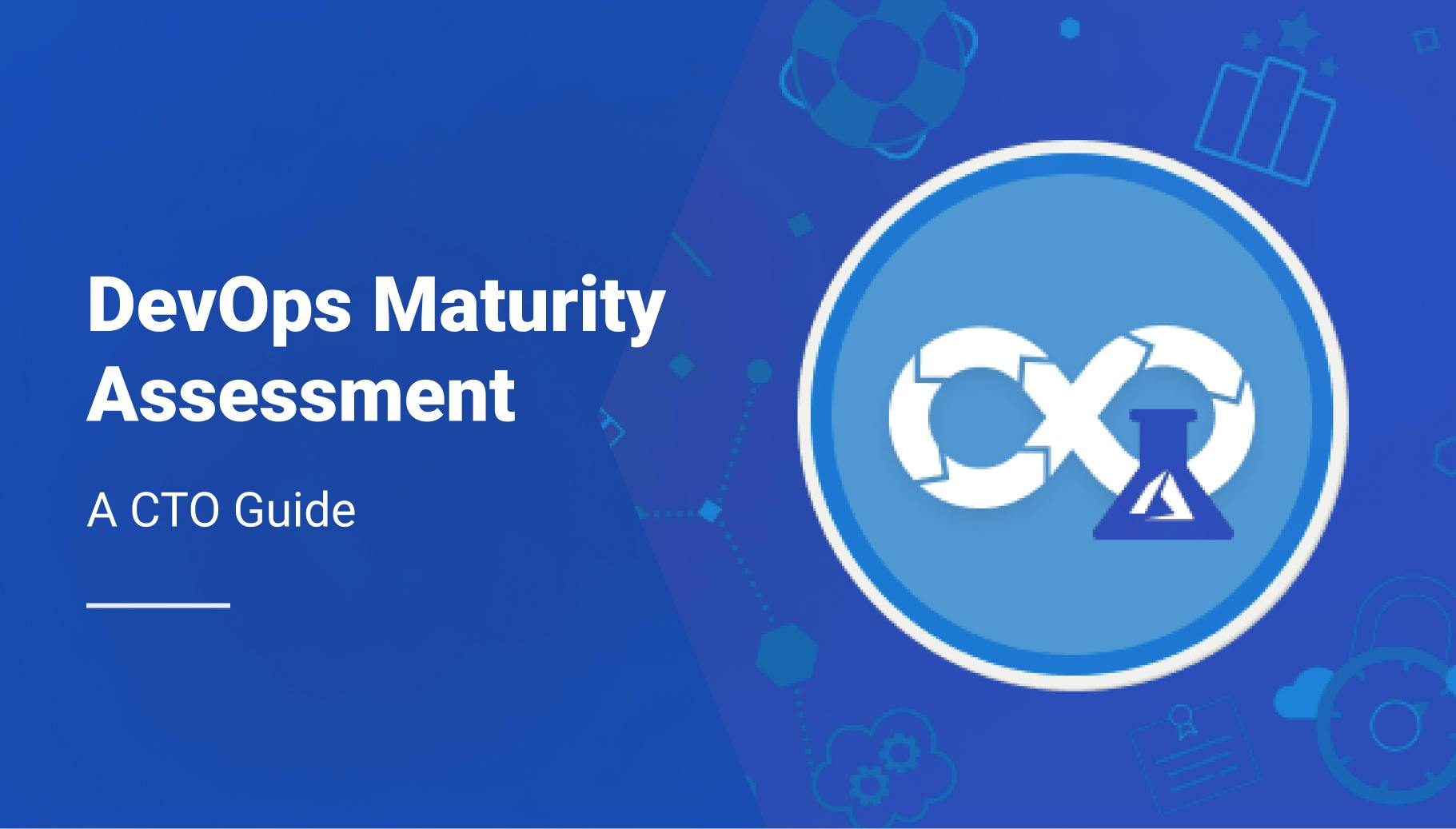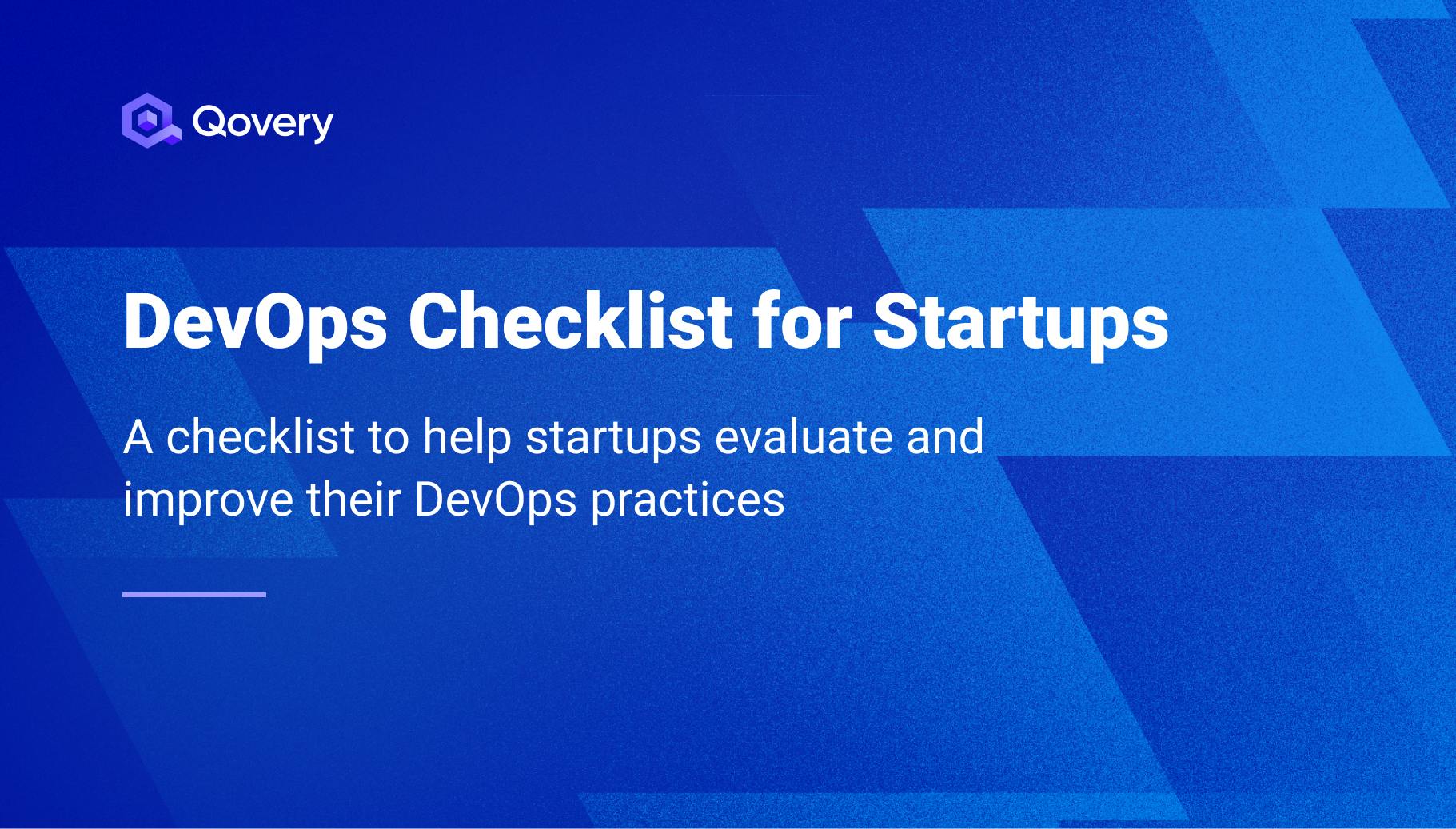8 DevOps Automation Best Practices for Startups
Automation is the foundation of any successful DevOps strategy, especially for startups and fast-growing companies. Manual processes simply don’t scale as the business grows, leading to delays, errors, and frustration. For organizations striving to optimize efficiency, speed up development, and maintain high-quality standards, DevOps automation is a must. Let’s break down into the essential DevOps automation best practices that will help your organization scale smoothly and deliver faster without compromising quality.

Morgan Perry
September 11, 2024 · 6 min read
#1) Automate everything possible
If it can be automated, it should be. For startups and growing organizations, automation is the key to scalability, speed, and reliability. By automating repetitive tasks, you can free up your team’s time to focus on innovation and critical problem-solving.
Start by identifying repetitive tasks and processes that drain your team’s time, such as:
- Infrastructure provisioning (e.g., automating the creation of cloud resources)
- Configuration management
- Deployment pipelines
- Testing and quality assurance
- Monitoring and alerting
Tools like Qovery make it easy to automate these steps. From provisioning environments to scaling applications, automation platforms save time and reduce errors, allowing teams to focus on innovation instead of infrastructure management. Learn more about how DevOps automation can drive growth in your startup.
#2) Plan for failures and monitor performance 24/7
Failure is inevitable, especially as your infrastructure and operations scale. Whether it’s a hardware malfunction, a bug in the code, or a spike in traffic, at some point, something will break. However, the goal is not to avoid failure altogether, but to be ready for it. Setting up automated monitoring and alerts allows your team to quickly identify and respond to failures without constant manual checks. Planning for failure is just as important as planning for success. To prepare:
- Implement redundancy to ensure high availability in case of failure.
- Monitor performance continuously to catch problems early.
- Set up alerts for key metrics like CPU usage, memory, and latency.
- Have a rollback plan in place for failed deployments.
Use monitoring tools like Prometheus or Datadog to stay on top of performance. Automating these monitoring tasks ensures that your systems remain stable, even under heavy loads or unexpected failures.
By preparing for failure, startups can minimize downtime and focus on growth without being bogged down by system issues. Check out this guide on building a solid DevOps roadmap for sustainable scaling.
#3) Build Strong CI/CD pipelines
Continuous Integration (CI) and Continuous Delivery (CD) are at the heart of DevOps automation. A well-built CI/CD pipeline allows teams to test, build, and deploy code faster, with fewer errors.
Key considerations for building an efficient CI/CD pipeline:
- Automate testing at every stage of the pipeline to catch bugs early.
- Ensure fast feedback loops by running small, frequent tests.
- Use version control to ensure code is properly tracked and easy to rollback if needed.
- Deploy often to reduce the risk of large, complex deployments.
The goal is to minimize manual intervention. With tools like GitHub Actions, GitLab CI, and CircleCI, you can automate most of the pipeline, ensuring that developers can focus on writing code while the system takes care of building and deploying it.
For startups aiming to maintain high deployment velocity without sacrificing quality, CI/CD is a game-changer. Learn more in our DevOps Checklist for Startups.
#4) Shift Left with testing
The earlier you catch bugs, the cheaper and easier they are to fix. That’s why adopting a “shift left” mentality—where testing is moved earlier in the development process—is critical. By automating tests right from the development phase, you can ensure better quality code reaches production.
To implement this approach:
- Automate unit, integration, and performance tests early in development.
- Use parallel testing environments to save time and ensure wide coverage.
- Encourage developers to test often and incorporate feedback early.
Tools like Selenium and TestNG can automate testing across different environments, ensuring that your product works seamlessly across all configurations.
#5) Leverage Infrastructure-as-Code (IaC)
Managing cloud infrastructure manually is inefficient and prone to errors. By adopting Infrastructure-as-Code (IaC), you can automate the provisioning and management of your cloud resources, ensuring consistency and reducing operational complexity (and the chance of human error.
With tools like Terraform and Qovery, you can:
- Provision entire cloud environments automatically.
- Ensure consistent configuration across environments.
- Easily replicate setups for different projects or teams.
However, IaC comes with its own set of challenges. Maintaining the scripts can become complex, especially in larger environments. That’s where tools like Qovery come into play, simplifiying this process even further by providing easy-to-use automation capabilities for infrastructure, helping startups rapidly scale their infrastructure without needing deep expertise in cloud management.
#6) Automate Security and Compliance from day one
Security breaches or compliance violations can severely damage your business, especially in highly regulated industries, where failure to comply with standards like PCI DSS, HIPAA, or SOC 2 can result in hefty fines and damage to your reputation. Automating security and compliance checks ensures that your infrastructure and code remain secure without the need for constant manual reviews.
To automate security and compliance:
- Embed security checks into your CI/CD pipeline. Tools like SonarQube can automate security scans during development.
- Use tools like Open Policy Agent (OPA) to enforce compliance policies across all environments.
- Set up continuous auditing to ensure your systems are always compliant.
By automating security and compliance from the outset, your growing organization can scale with confidence, knowing it meets industry standards and avoids costly errors.
Automating SOC 2 compliance, for example, can be crucial for startups handling sensitive customer data. Tools and platforms like Qovery simplify the automation of infrastructure while ensuring you meet SOC 2 requirements. Read more about the best SOC 2 compliance solutions for 2024 here.
#7) Document everything, but keep it simple
Clear, concise documentation is key to long-term success. Automating your documentation process ensures that it stays up to date and accessible. When using tools like IaC, the code itself serves as documentation, but additional clarity is often needed.
Here’s how to streamline documentation:
- Automate the generation of API documentation through tools like Swagger.
- Ensure documentation is updated automatically with every code change.
- Keep it simple—only document what’s necessary to avoid overwhelming developers with unnecessary detail.
Good documentation makes it easier to onboard new team members and ensures that knowledge isn’t siloed with a few key employees.
#8) Optimize Cloud automation
Manual cloud configuration is inefficient and error-prone. To speed up deployments and ensure scalability, cloud resources should be provisioned automatically.
Here’s how to optimize cloud automation:
- Utilize cloud orchestration tools like Qovery to automate the provisioning of servers, databases, and networks.
- Implement auto-scaling to ensure that resources are allocated dynamically based on demand.
- Track cloud usage and optimize costs through automation tools that can shut down unused resources or move workloads to cheaper instances.
Cloud automation allows you to scale seamlessly, reducing costs while ensuring availability.
Qovery’s automation platform allows growing organizations to manage their cloud resources efficiently, ensuring that they can scale as needed without breaking the bank.
#Conclusion
Automation is the foundation of any successful DevOps strategy. From infrastructure management to CI/CD pipelines and compliance, automating your processes will free up your team’s time, reduce errors, and accelerate your time to market.
Qovery offers an all-in-one platform that helps startups and growing organizations automate every aspect of their DevOps lifecycle. With Qovery, you can automate infrastructure provisioning, CI/CD pipelines, security checks, and cloud scaling—without the need for deep DevOps expertise.
Start your automation journey with Qovery today!
Your Favorite DevOps Automation Platform
Qovery is a DevOps Automation Platform Helping 200+ Organizations To Ship Faster and Eliminate DevOps Hiring Needs
Try it out now!

Your Favorite DevOps Automation Platform
Qovery is a DevOps Automation Platform Helping 200+ Organizations To Ship Faster and Eliminate DevOps Hiring Needs
Try it out now!


